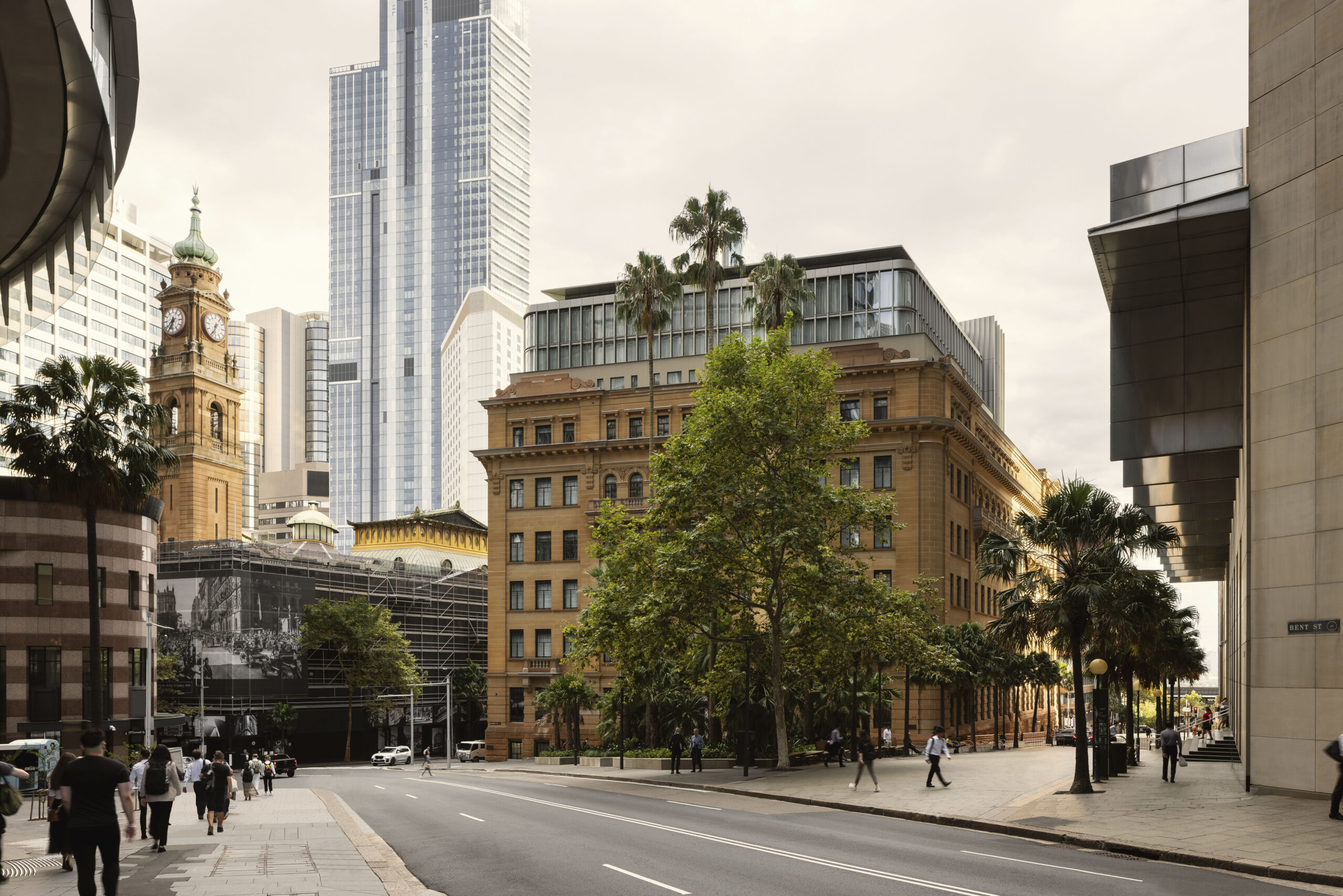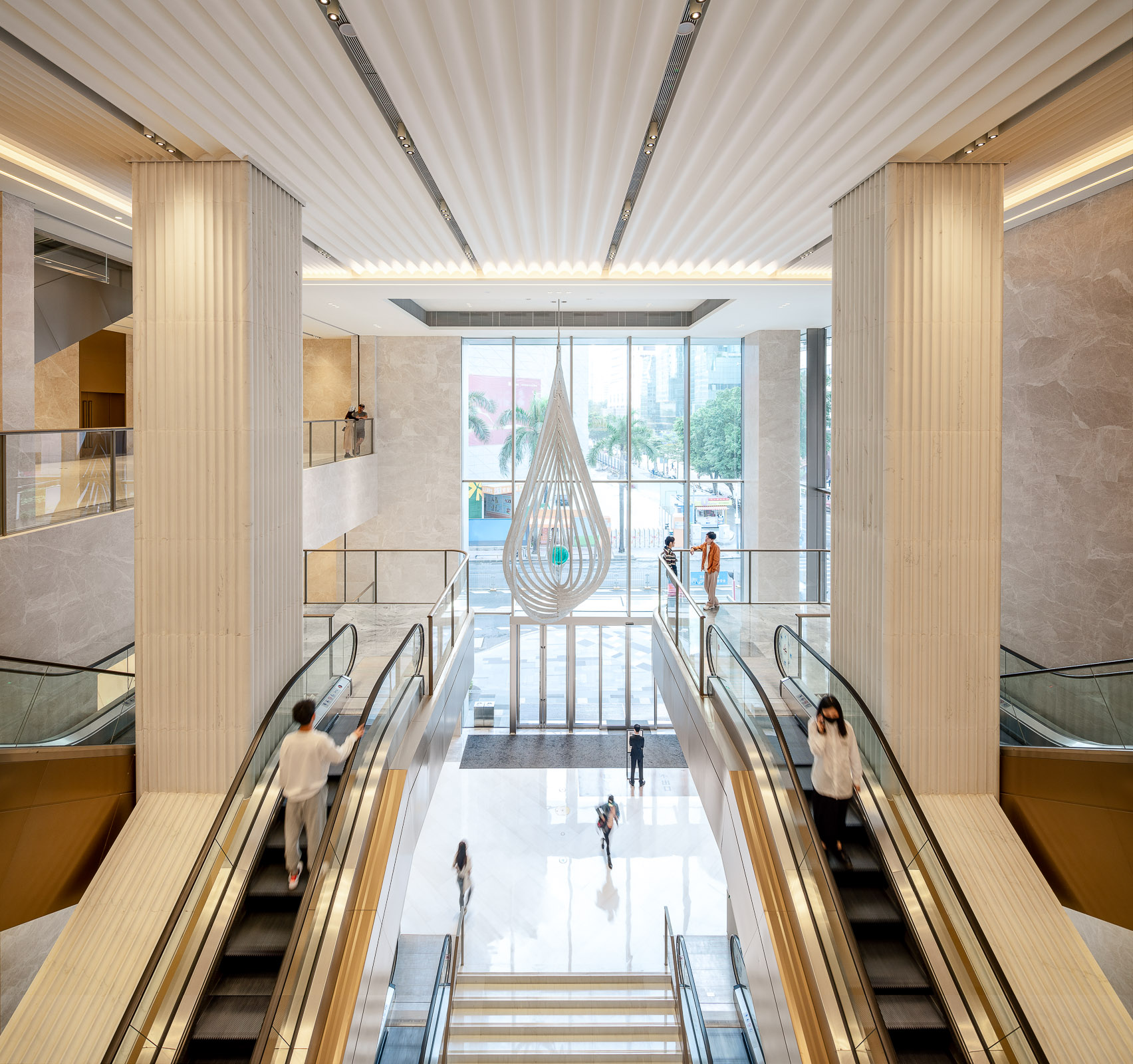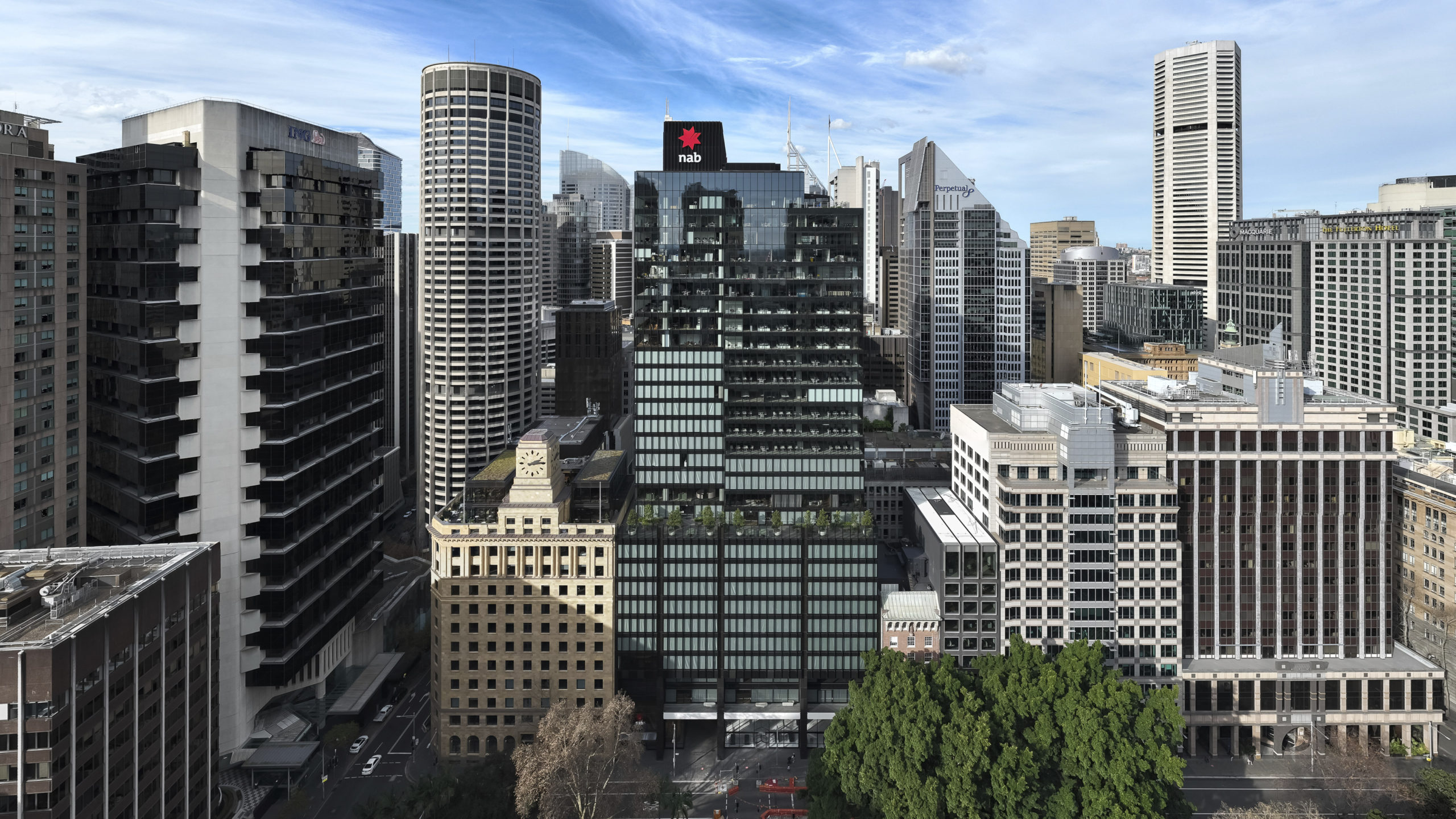

When we have students on work experience placements in our Studio, one of the things they are often most nervous about is being asked to sketch an idea during a design workshop. With encouragement and some practice, however, it is rewarding to see them realise both how valuable drawing is as a tool for conveying ideas, and how with practice they can develop their own individual drawing ‘handwriting’ as an invaluable auxiliary skill.
The ideas which come from these skills are a delineator and once in place – and with them confidence in the outcome – it is possible for a draughtsperson to use any of the tools at his or her disposal. The choice of a particular drafting tool will depend on the intended outcome.
The natural skill of the architect who likes to draw can be enhanced in many ways, not least by using the latest technology. A touch sensitive computerised screen can offer many advantages for architectural drawing including fast, easily produced images that can quickly be copied and distributed. It is also possible to replicate most styles of drawing from a paintbrush to a 0.1mm ink pen. There are thousands of colours, opacities and textures available and work can be repeated, layered and filed quickly and efficiently.

There are disadvantages though. The technology itself is an inhibiting factor – the super-smooth screen surface leads to a lack of control. The formality of the process itself can inhibit and reduce confidence in the outcome. In the end, there is no substitute for the informality and spontaneity of pen and ink or a soft pencil or chalks on paper.
This interview forms part of our series on The Architecture Drawing Prize: an open drawing competition curated by Make, WAF and Sir John Soane’s Museum to highlight the importance of drawing in architecture.
































































































































































































































































